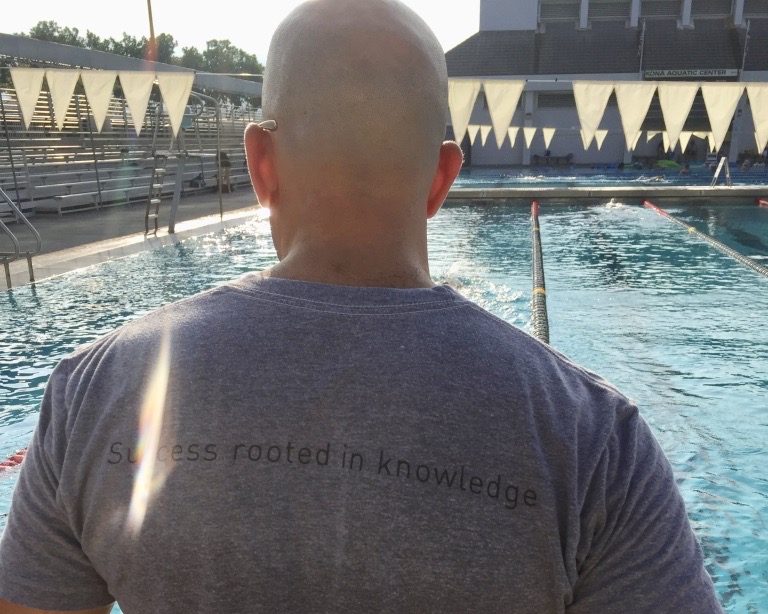
23 Jul Endurance Innovation 62 – Recovery with Coach David Tilbury-Davis
Our friend, coach David Tilbury-Davis pops by for his third interview and covers recovery, training volume, and his thoughts on creme brulee.
If you’re a fan of the show, please support us!
- 5:00 how David encourages his athletes to prioritize recovery
- Understand that stress from disparate sources is to some extent cumulative
- Understand your minimal effective dose of training, and avoiding overdoing it for ‘the Gram’
- Do not try to keep up with the Sanderses
- 11:30 tools for assessing fatigue and quantifying stress
- Quantitative tools: HRV, resting HR, O2 saturation
- Qualitative tools: ‘how do you feel?’, subjective questionnaires, language used in training notes / reports
- 12:00 asking the right questions / seeing through the ‘type A’ for effective subjective analysis
- 12:30 respiratory illness example:
- Okay to train if the athlete is sound (no symptoms) from the neck down
- Take one extra day after everything feels back to normal before resuming training
- 17:15 advice for self-coached athletes
- Make use of quantitative metrics and quantitative trend analysis to provide context for how you are feeling and disassociate between expectations and reality
- 19:00 trend analysis in quantitative stress metrics is useful, but must always be tempered with subjective analysis
- 21:00 David on how to use the concept that all stress is cumulative in guiding training
- The excellent ‘20 minute rule’
- Learn to be flexible
- 25:00 when is declining performance a sign of too much stress or not enough recovery?
- Watch for a disconnect between expectation to execute a workout and ability to execute that workout
- 28:00 recovery toolbox – in order of most to least effective
- Sleep: 8-9 hours / day
- Sound nutrition
Compression, ice / cryo therapy, supplements, etc. that blunt the inflammatory response can reduce the stimulus to improve, so they’re not ideal modalities for day-to-day recovery
- 35:30 recovery after big, rough races
- 37:15 recovery periodization: when should focus on recovery be even greater than normal
- During stressful periods in an athlete’s life
- After long-haul flights
- Returning from altitude training
- Before important races
- 41:00 sticking to a habituated training routine is useful for adaptation and recovery
- 42:00 one rest day per week is very useful too. It can be used to repay the support network for all they do to help the athlete be their best.
- 45:00 a DTD rule: an athlete should be able to get to the end of the week with one more quality session in the tank. That is, not completely spent.
- 47:00 create resilience in your body and improve its ability to express force through resistance training
Learn more about David, his coaching, and check out his other media appearances on his website.





No Comments